Latest News
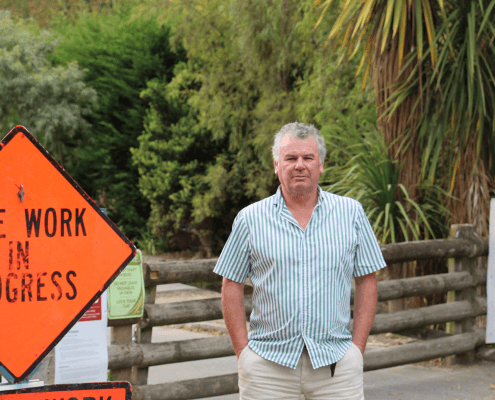 Damon Harvey
Damon HarveyFunding loss could limit public access to Te Mata Park
The loss of vital funding from the Hawke’s Bay Regional Council will set Te Mata Park back by a decade and will fail to protect the region’s most popular recreational and tourism asset.
 Sarah Austin-Smith
Sarah Austin-SmithChambers Walk Closure – starting 8 April
Work starting on Monday the 8th of April will temporarily close access to Te Mata Park from Tauroa Rd, as well as some tracks.
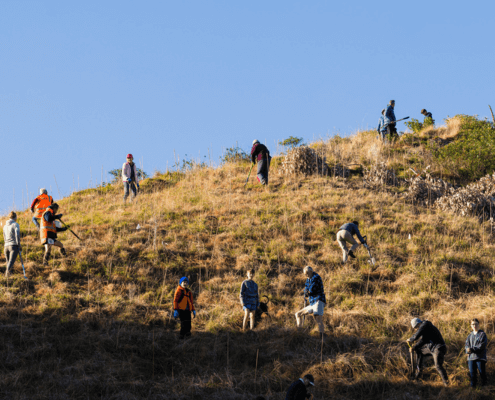 Simon Cartwright
Simon CartwrightJoin our Autumn Working Bee – Sunday 7 April
You are warmly invited to join the Te Mata Park team and volunteer crew on Sunday 7th April, 8.45am - 12pm, for our Autumn Working Bee.
 Te Mata Park
Te Mata Park Green Flag Award win
Te Mata Park Trust is delighted to have been awarded the distinguished international Green Flag award for the fifth time.
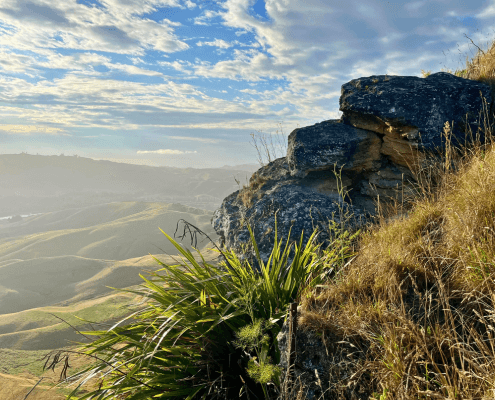 Te Mata Park
Te Mata ParkSummer news from Te Mata Park
Welcome to our summer newsletter. Seeing the throngs of people enjoying the Park this summer is particularly heartening as we think back to this time last year when the Park was closed following the cyclone.
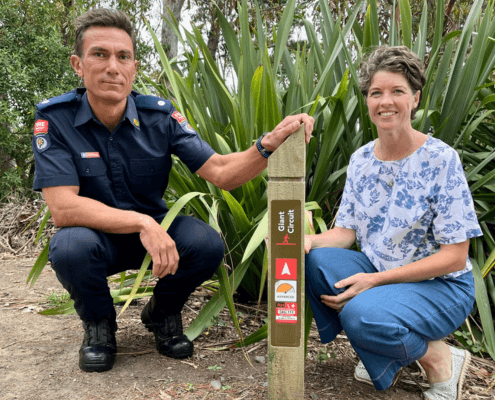 Te Mata Park
Te Mata ParkTe Mata Park emergency response system to assist location of 111 callers
A new emergency response system installed in Te Mata Park will aid emergency services to locate a person in need of assistance.
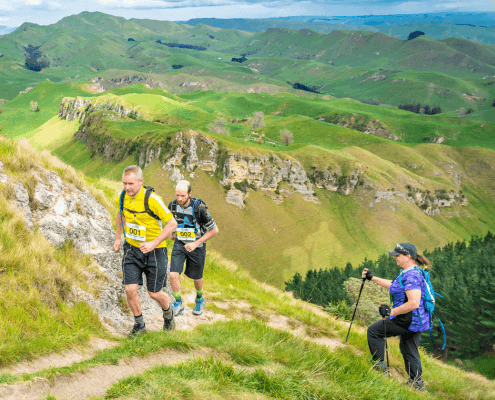 Triple Peaks
Triple Peaks Triple Peaks is back in 2024
The iconic Hawke’s Bay event, Triple Peaks, will return to the sporting calendar on 13 April 2024 following the cancellation of the 2023 race due to Cyclone Gabrielle.
 Sarah Austin-Smith
Sarah Austin-SmithMajor project to upgrade Te Mata Park’s water infrastructure
A project to improve Te Mata Park’s water and effluent infrastructure will begin on Monday 4 December. The project will connect the Park and Peak House to the Hastings District Council water and effluent infrastructure.
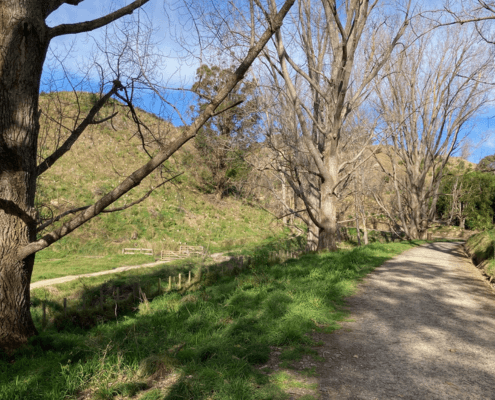 Sarah Austin-Smith
Sarah Austin-SmithChambers Walk Closure now in place to 3 December
Major tree work will close the Tauroa Road entry to Te Mata Park, including access via lower Chambers Walk and Tipuna Footstep, from 20 November to 3 December. Te Kahika mountain bike track will also be closed.
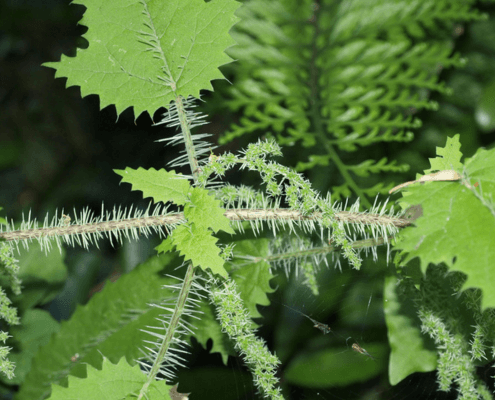 Mike Lusk
Mike Lusk Ongaonga in Te Mata Park and protecting your dog
Find out why we keep pockets of ongaonga in the Park and how to protect your dog.
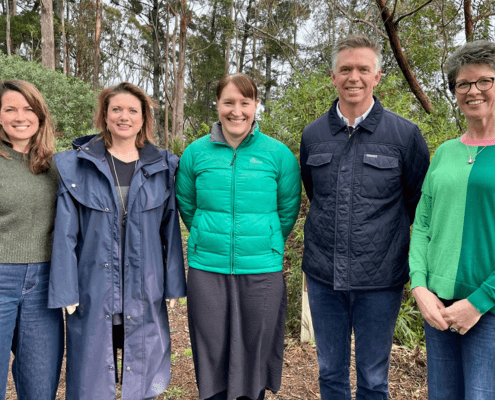 Te Mata Park
Te Mata Park $25,000 gift from Jarden to aid Te Mata Park’s cyclone recovery
A generous donation from leading investment and advisory group Jarden will greatly assist with Te Mata Park’s recovery following Cyclone Gabrielle.
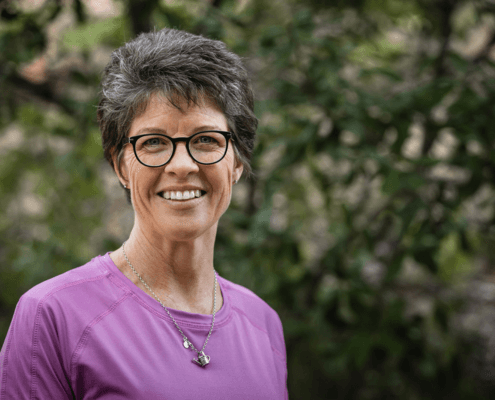 Simon Cartwright
Simon CartwrightSarah Austin-Smith appointed as Park Manager
The Trust is delighted to welcome Sarah Austin-Smith to the Te Mata Park team.
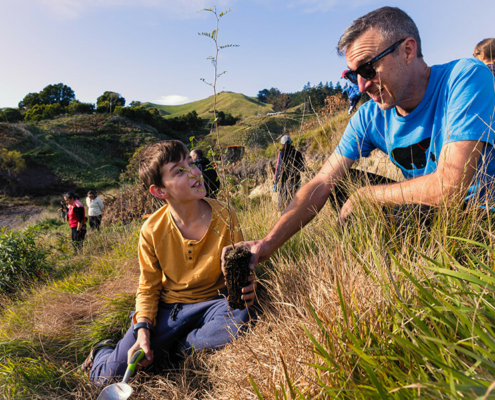 Simon Cartwright
Simon CartwrightWinter Planting Day
Join the Te Mata Park team and volunteer crew on Sunday 18 June from 9-12, for our big Winter Planting Day of 2023.
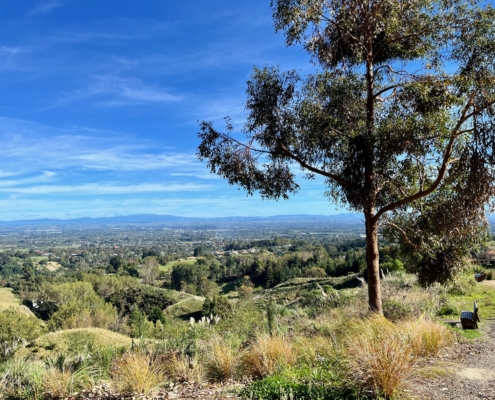
Autumn News – April 2023
We find ourselves in a somewhat different state this autumn, with Te Mata Park partially open and the region in recovery mode following the cyclone.
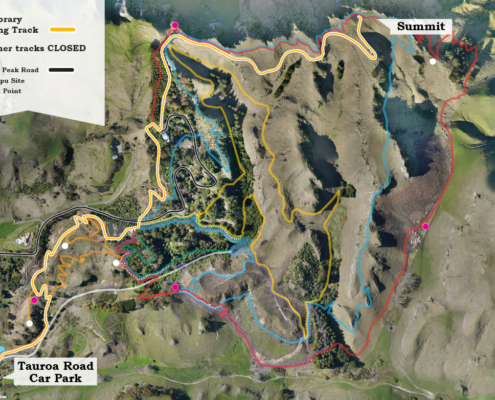
Partial reopening of Te Mata Park following Cyclone Gabrielle
Thanks to the hard work of our contractors, volunteers, and Hastings District Council, we are pleased to be able to partially reopen Te Mata Park from 6am on Saturday 4 March 2023.
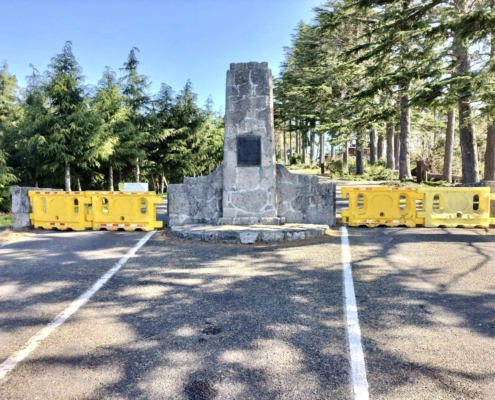 Emma Buttle
Emma Buttle Cyclone Update
The Te Mata Park Trust Board would like to convey our most sincere sympathies to those impacted by the cyclone that has wrought devastation across our region.
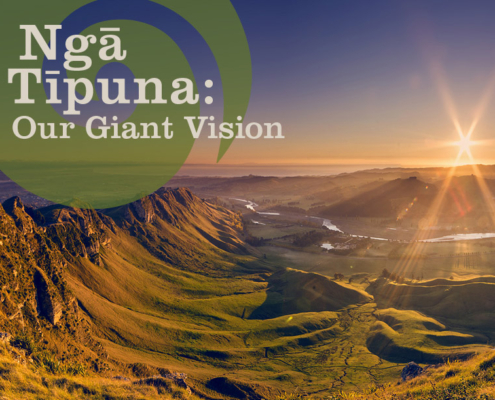
New strategy and endowment fund to protect and enhance Te Mata Park for future generations
Te Mata Park Trust officially launched its Ngā Tīpuna Masterplan strategy and endowment fund at an event at Peak House this week, sharing a unified vision for the future of Te Mata Park and inviting donations to the vehicle that will fund it.
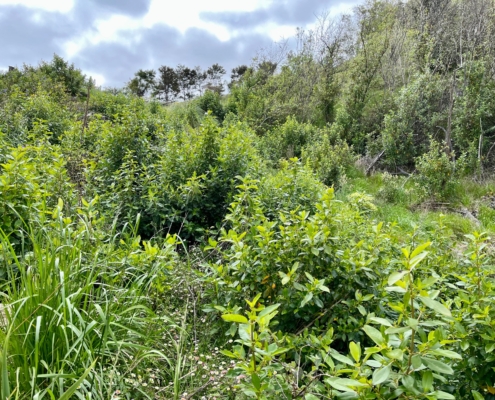
Spring News – November 2022
The Park is a hive of activity this spring, with lush new growth appearing and the tūī song and kererū wing beat making a wonderful soundtrack for our visitors.
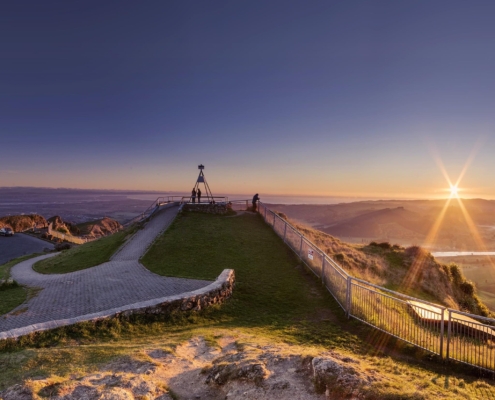 Te Mata Park
Te Mata Park Applications open for Manager at Te Mata Park Trust
A key member of a small team, this part time position is instrumental in the delivery of the Park Trust’s objectives.
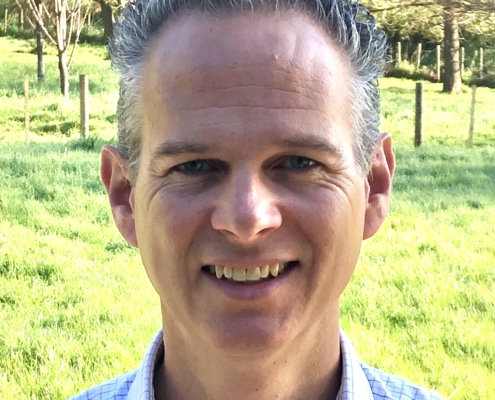
New appointment to Te Mata Park Trust board
A new appointment has been made to the Te Mata Park Trust…

 Five times winner of the prestigious international green space award.
Five times winner of the prestigious international green space award.